F is for Fry Bread by Kevin Noble Maillard, in my Inspiring All Readers with Books from A-Z blog post AND video series. If you are new to this series, I share with you a different story that begins with each letter of the alphabet. In each post, I will share with you some different reading strategies and skills that correlate with the story and discussion questions to ask your students after reading. I also have a FREE reading response journal AND FREE graphic organizers for you to use with each and every book A to Z…keep reading to snag your free copy!
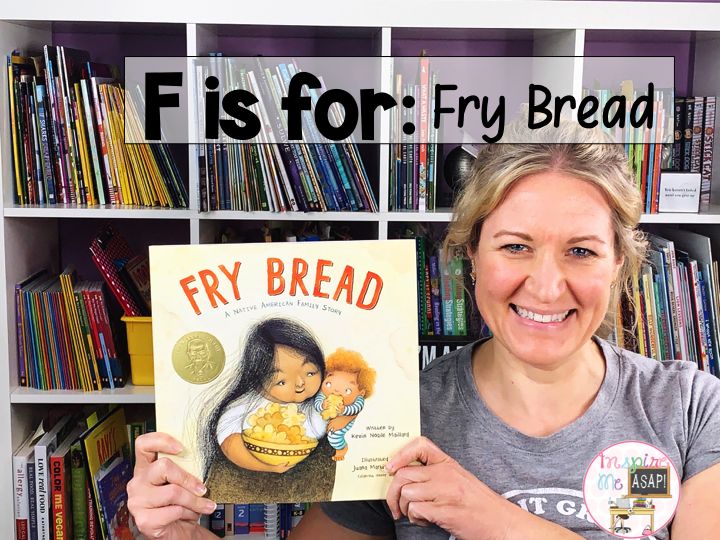
For 26 days, one day for each letter of the alphabet, I will share with you 26 different multicultural books and authors that I recommend, which all have similar themes- each book promotes inclusion, diversity, justice, empathy, compassion, love.

Creating an inclusive classroom starts from day one of the school year and continues to the last day of school. So although these stories and lessons can certainly be used at any time of the year, I recommend that you start reading them on the first day of school, just like I will be with my own second graders! My goal in this books from A-Z series is to create a class community of engaged readers who love to read!
When choosing what books I wanted to read aloud in the first month of the school year, I wanted to make sure that I selected multicultural books that focused on building and establishing classroom routines but also creating an inclusive and welcoming classroom environment.
I have one special book to share with you today, which represents letter F in Inspiring All Readers with Books from A-Z series.
F is for Fry Bread by Kevin Noble Maillard. This is a beautiful story to read at the beginning of a new school year to help build a welcoming and inviting classroom environment, but you can also revisit this story on Indigenous Peoples’ Day, which is on October 11, 2021. Indigenous Peoples’ Day is a holiday that celebrates and honors Native American peoples and commemorates their histories and cultures.
This story is about a modern Native American family who shares joy, stories, and history as they come together to make fry bread. The author, a member of the Seminole Nation of Oklahoma, writes about the physical properties of fry bread, but also what it represents to those who make and eat it.
Prior to reading this story, you will want to make sure that you read the “Author’s Note” at the back of the book. Kevin Noble Maillard includes an extensive “Author’s Note,” which includes important facts about the diversity of Native American people, the removal and displacement of Native Americans, and information about where Native Americans live in the United States. Many students may be surprised and even angry with the information they learn.
You will also want to make sure that highlight the inside front and back covers of the book- which lists the different Native American tribes. The author writes that, “At the time of this book’s publication, there are 573 federally recognized Native American tribes in the United States. There are also 67 state-recognized tribes.”

After reading the story, some discussion questions include:
- What kinds of foods do you eat when you are together with your family and friends? What food is important to your family or culture?
- How does food help tell the history of people? Does this remind you of a story that you heard about foods your family eats?
This is also the perfect time to pass out the reading response journal, which is FREE for you, at the link at the bottom of this post!
After writing their response in their reading response journal, students can share with the class during the morning meeting, or another time of the day, to get to know each other better.
Looking for some reading strategies and skills that correlate directly with this story? Check out some ideas listed below!
Summarizing: After reading the story, have your students fill out a 3, 2, 1 graphic organizer. Invite your students to write three facts they learned about Native American culture, two questions they have, and one thing that they found interesting.
Sequencing: On the last pages of the story, the author includes “Kevin’s Fry Bread” recipe. He includes the list of ingredients and each step in making fry bread. Students can write their own recipe for their favorite food.
Compare and Contrast: The Sibert Committee classifies this book as a concept book- a subgenre of nonfiction. Students can share what they notice about how the book is organized, with the repetition of “Fry bread is…” as the heading of each page. The author uses four or five lines of simple verse to explain each topic. You can gather other concept books and compare and contrast the similarities and differences between the two texts. Or, students can use this story as a mentor text and create their own concept book.
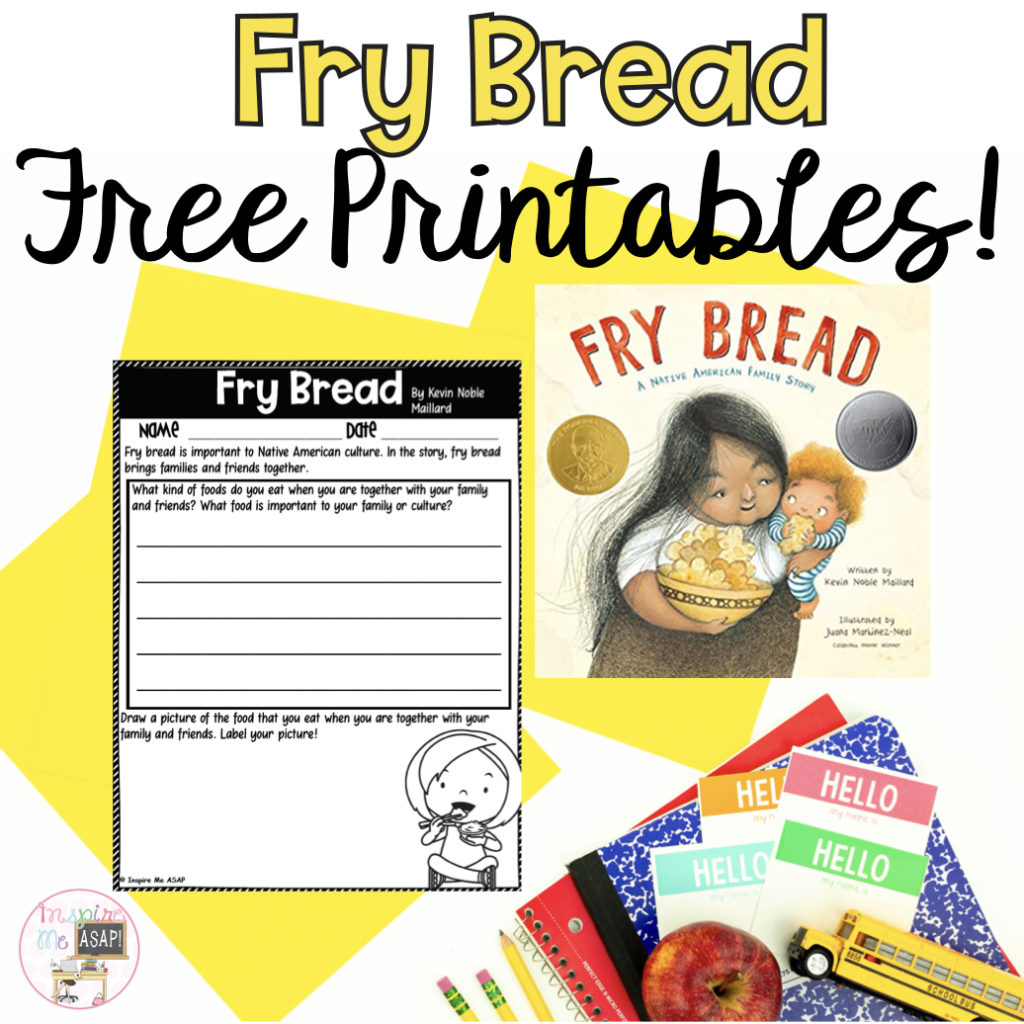
Like this blog post? Be sure to keep checking back! I am writing 26 different blog posts, where I will share book recommendations, free printables, and lesson plan ideas!
Don’t forget to download your free copy of the reading response journal and graphic organizers for each and every story in my Books from A-Z series! Look at the sign up form at the end of this blog post!
Want to save this post so that you can read it later? Pin the image below!
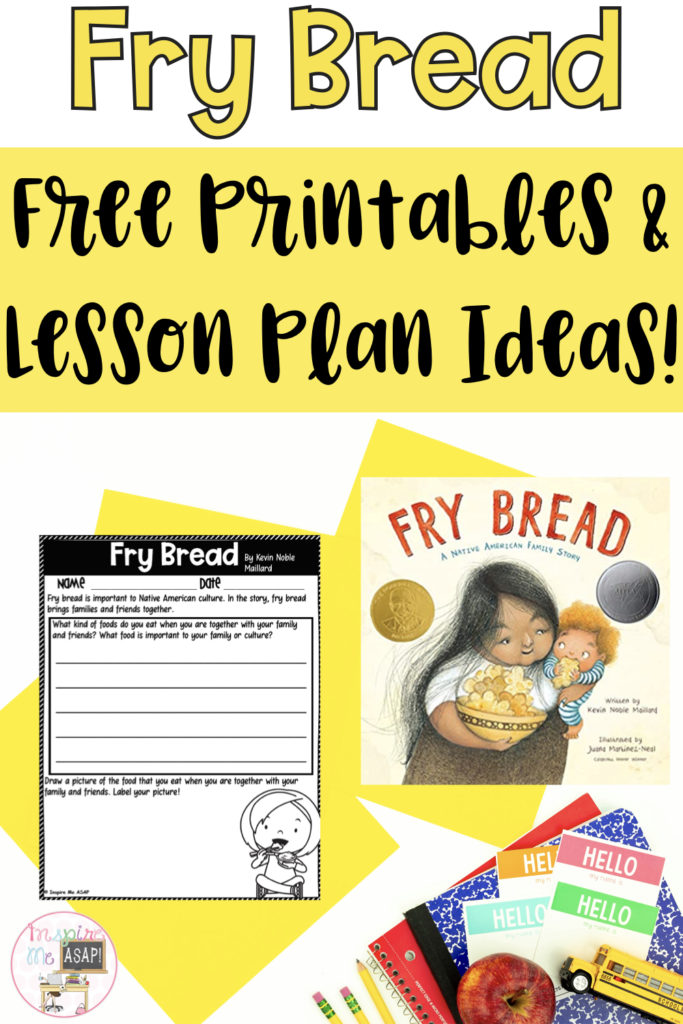




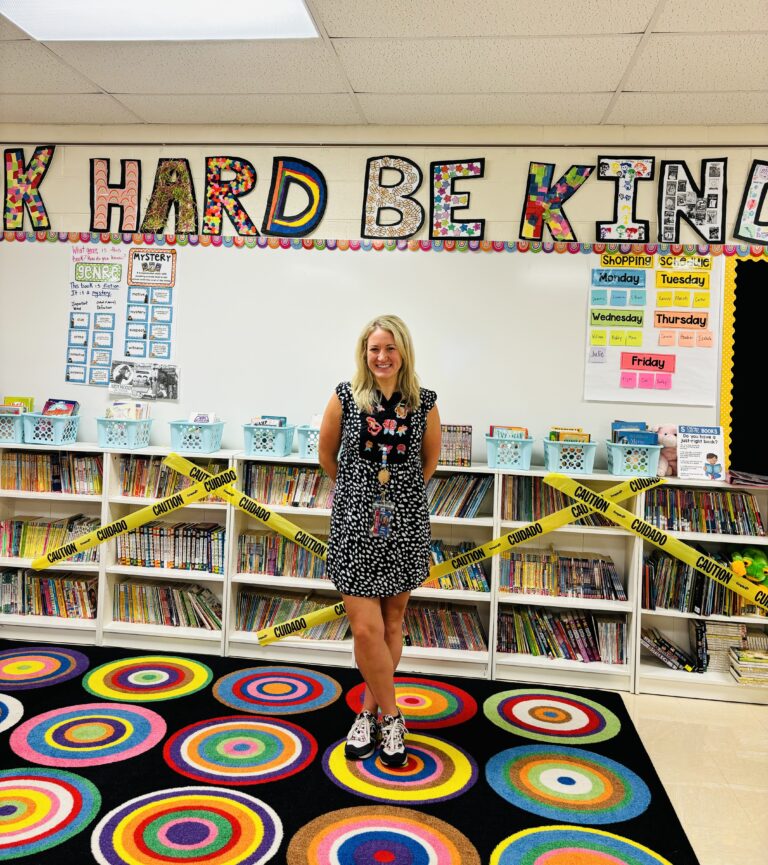



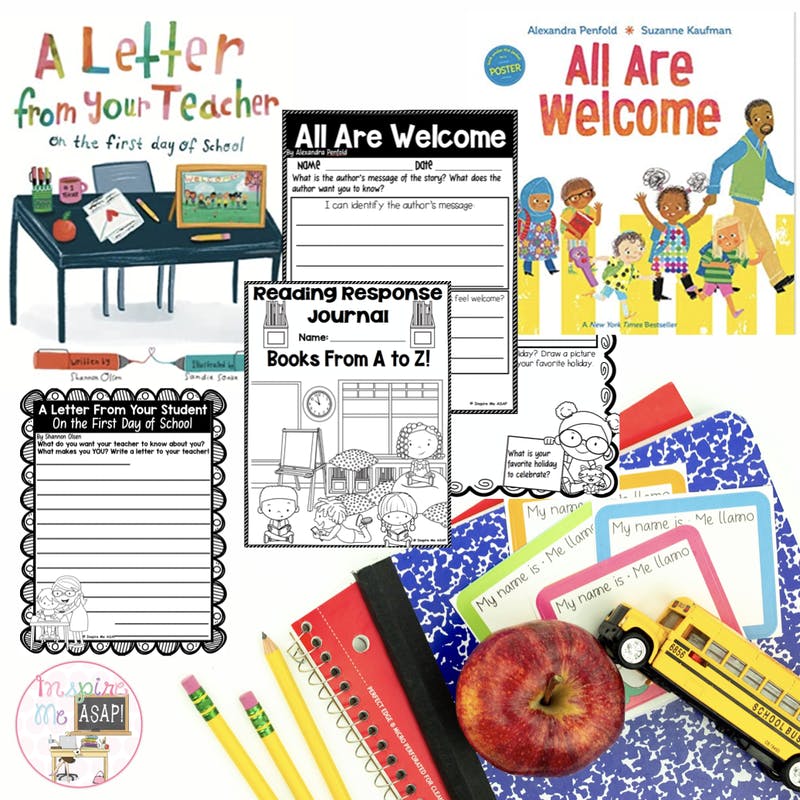
6 Responses
Love the ideas presented here-but having trouble figuring out how to get the free printable that goes along with the book “Fry Bread.” If you can help me, I would appreciate it!
Thanks,
Christine
Hello Christine,
Thank you for letting me know about the error message. It is all fixed. You can now enter your email / name at the bottom of this blog post, click enter, and then you will be able to download the free resource. Please confirm that you were able to download this resource! THank you so much!
Hi, I am having a hard time accessing the free document that you graciously created. It is giving me an error message. Any help is appreciated.
Thank you,
Amy
Great ideas!
I would like the fry bread worksheets. Thank you
Love this for diversity lesson in November